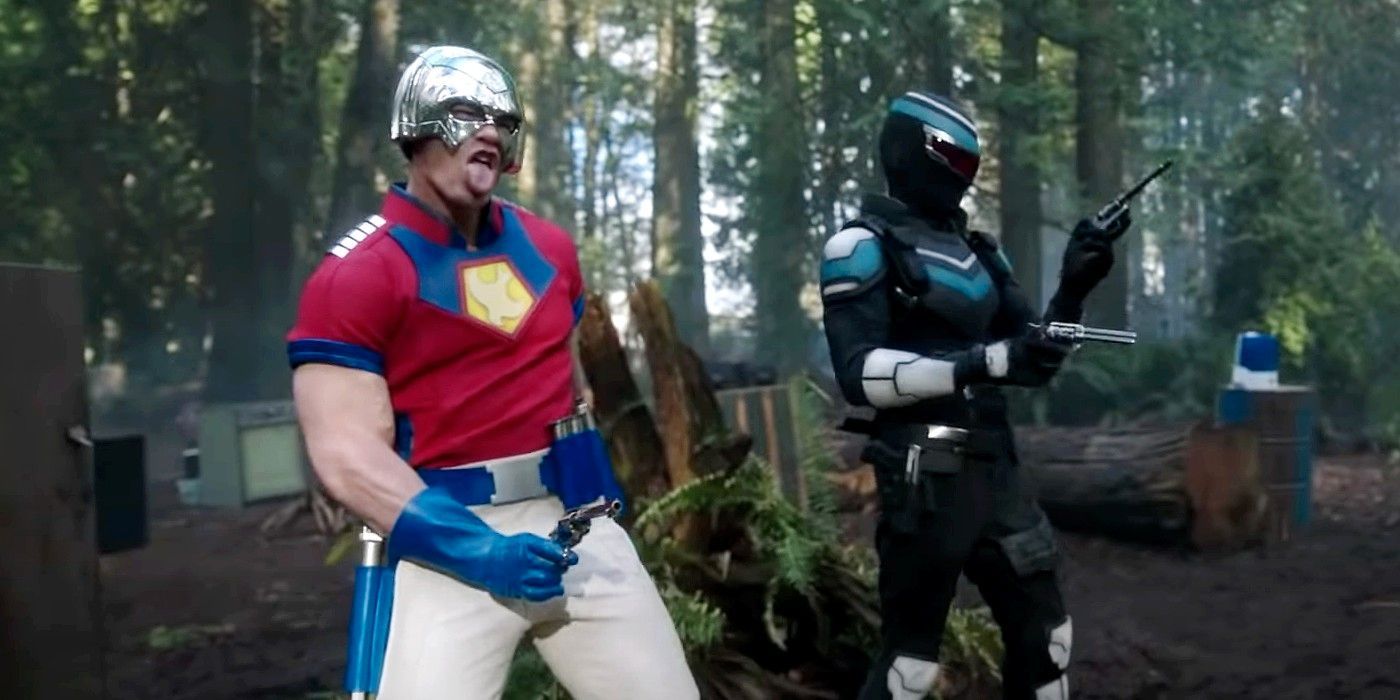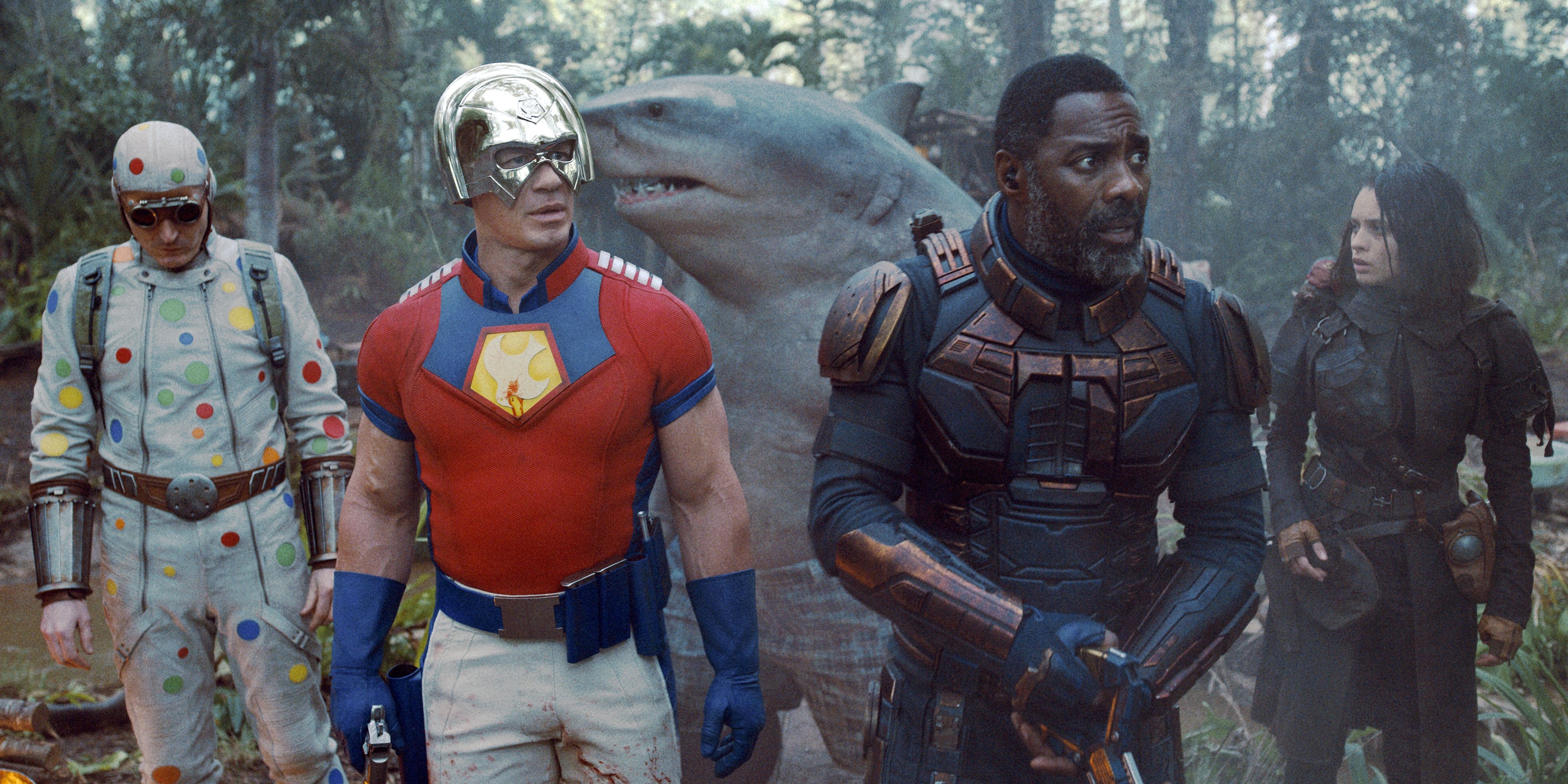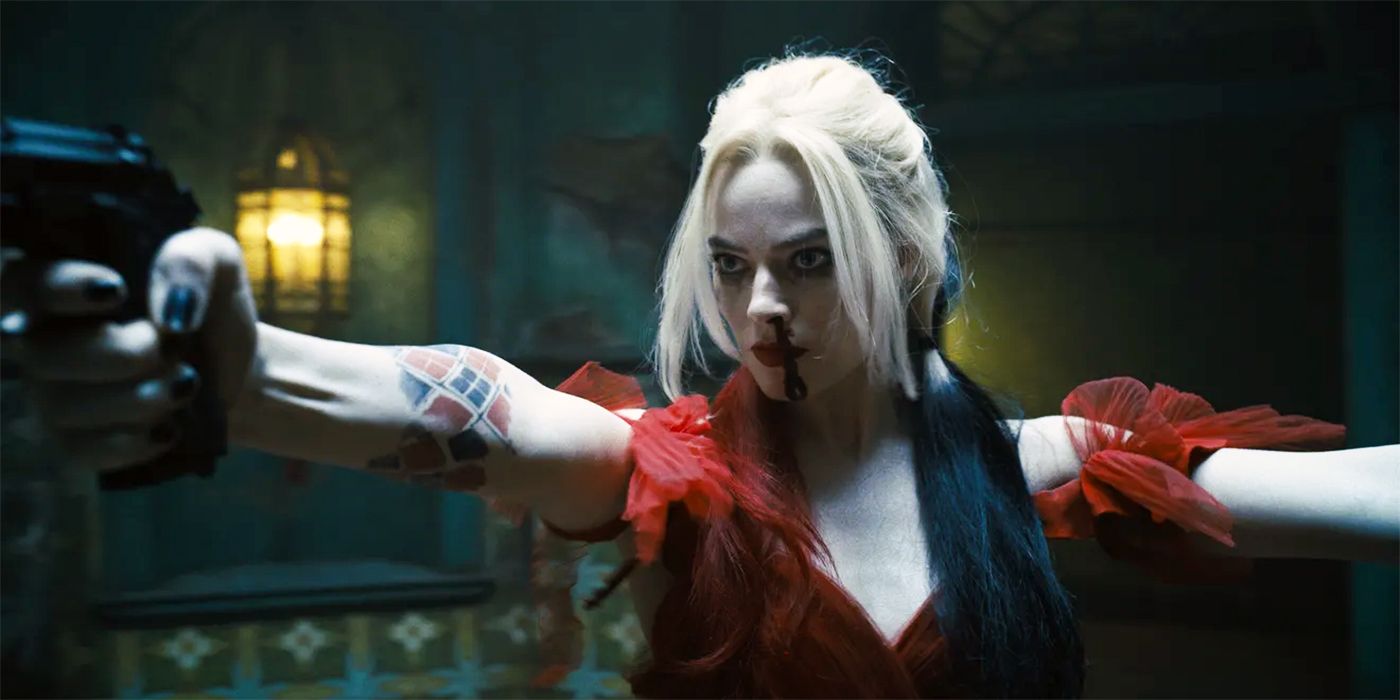Both DC Comics and Marvel have compendiums worth of heroes, villains, and everything in-between. With that kind of seemingly endless source material, fans can't expect to see everything make it into the big cinematic adaptations. Yet, one creative has consistently shown how to take the obscure buried treasure off the page and make it work on the big screen.
James Gunn became a luminary of the superhero movie world with 2014's Guardians of the Galaxy, which elevated its oddball heroes to the highest peaks of popularity. When he took over The Suicide Squad, his take on the team was staffed with almost comically minor characters, and though not all of them made it to the credits, most of them gained massive new fan bases.
Peacemaker, the ongoing spinoff of The Suicide Squad, centers around the titular anti-hero who has remained a minor DC Comics character since the 60s. The thought of Christopher Smith warranting a self-titled series would have been laughable even a decade ago. Part of the shift in acceptance of obscure characters comes with the ubiquity of superhero cinema. As the MCU and DCEU empires expand, audiences could tire of Batman and Spider-Man. Keeping things fresh with a never-ending influx of new heroes is both helpful for the franchise and easy given the source material. However, the ongoing saturation of the brands' heavy hitters doesn't suddenly make TDK or Vigilante popular or identifiable characters. To pull off that particular feat requires a creative mind with some fan goodwill to spare. James Gunn has made an industry out of fulfilling that role.
Gunn's takes on DC and Marvel characters are not always totally accurate, they're almost always changed to better fit his particular style. From full character reinventions like Ratcatcher 2 to shifts in personality like Peacemaker's new lightness of tone or King Shark's simplicity, fans always know to expect some changes. This is one of the many benefits of making use of the lower-tier comic book characters. Everybody knows what Batman or Spider-Man or Superman or Captain America are like. Any random person on the street could identify their powers, look, and personality with little prompting. Before Guardians, very few people could've identified Groot out of a lineup, let alone guess what he's capable of. Picking from the misfits and the lesser-known of comic catalogs gives Gunn a little more freedom to do whatever he wants and create new character interactions to make these new takes stand out.
Another benefit of the d-list character choices is their extreme niche appeal. While newcomers or more casual comic book fans may not know the first thing about the deep cuts, the more dedicated readers could already love them. It's a well-accepted axiom that for every minor Marvel or DC character, there's some contingent of fans stubbornly proclaiming them their all-time favorite. The biggest characters Gunn works with, like Harley Quinn or Rocket Raccoon, have big and loud fan bases before their adaptation, but the smaller characters make big impacts on their fans. It's hard to imagine the joy of a dedicated fan seeing their favorite character brought to the big screen for the first time. That joy is substantially multiplied if that fan was convinced that their favorite character didn't have the clout. Of course, James Gunn occasionally subverts that goodwill by immediately killing off that favorite character, but a minute of screen time is better than none.
James Gunn has a particular fondness for outcasts, even beyond his superhero film work. It's clear that his love for comics has led him to these lower-rent characters are ones that have connected with him. Shortly after the release of The Suicide Squad, James Gunn tweeted out a few characters he considered for the film but was unable to fit in for whatever reason. In most cases, they occupied the same minor villain, one-off anti-hero, or barely present hero role that the existing teams filled. Gunn still has a seemingly endless world of concepts to draw from, with a huge variety of personal favorites that he'd love to bring to the screen. He'll be adapting these minor characters for years to come, and other filmmakers would be well served to learn from his example.
The key is creating a great story around the minor characters, but this is a slightly different art than that of crafting narratives for headliners. A Batman story has certain hallmarks that are so integral to his narratives that excluding them could irritate fans. A Peacemaker story is a 90% blank canvas with a couple of guiding principles to build on. James Gunn has mastered the art of choosing which aspects are crucial to an underdeveloped character and shaping them into a group dynamic and extended narrative. This often requires making changes, adding or subtracting elements, but success will thrill longtime fans, bring in newcomers and keep the superhero movie craze growing forever.



